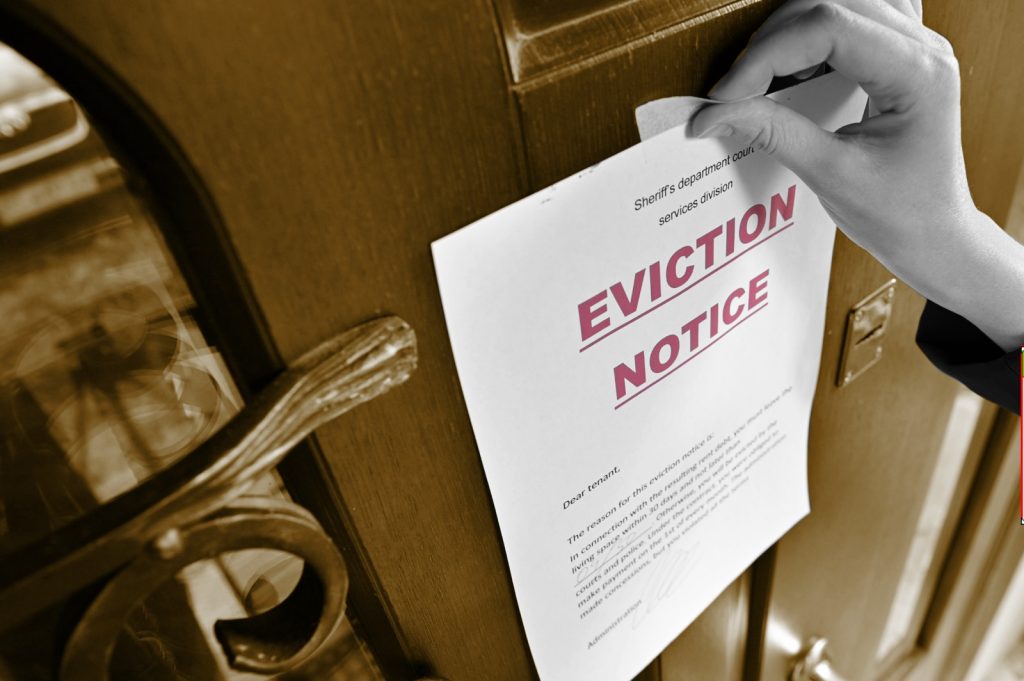Products You May Like
By
Howard Bloom
In a story that appeared Wednesday morning, September 14th, The Wall Street Journal exposed a hidden crisis called the silver tsunami.

What’s the silver tsunami? It’s a tidal wave of homelessness among the elderly. Senior citizen homelessness today is five times what it was in 1990.
Who are today’s homeless elderly? Baby boomers. A privileged generation of Americans most of whom can expect to live ten years longer than they would have in 1960.
The flood of homeless boomers are sleeping in their cars. Complete with their possessions. And their cats and dogs. Or sleeping on sidewalks. At a time of life when they are often beset by health problems.
If they try to get into a shelter, they are often rejected because they can’t sleep in a top bunk. They simply can’t climb into it. They need help bathing. And the shelter has no extra hands to aid them. Or they are in a wheelchair and the shelter is not built for wheelchairs.
One result is that the bodies of the elderly homeless are physiologically 20 years older than the bodies of their peers.
What are the causes of this silver tsunami? America’s increase in rents. A retired baby boomer’s social security check is a meager $1,800. But in Naples Florida, for example, rent is a thousand dollars more. Rent is a whopping $2,800. That puts housing out of reach.
The new senior citizen homelessness could easily happen to you or me. Imagine that you have worked all your life. But low wages and high rents have kept you from saving.
So when a crisis hits—when your spouse dies, when your car breaks down and needs expensive repairs or when your health breaks down and you need medical care, it wipes you out.
You can no longer afford the rent, you are evicted, and you are forced to couch surf with friends, to live in your car, and finally to live on a sidewalk. Where valuables like your cellphone will be stolen over and over again.
To repeat, skyrocketing rents are the cause of homelessness for the elderly. And that’s a tipoff to another crisis, a housing crisis. We haven’t built enough homes for our citizens. Especially for our poorer citizens. Nationwide, we need to build seven million more homes and apartments.
Where is this housing going to come from? From an industry that provides a vital service: the for-profit real estate industry. And building real estate is expensive. Which means that when new housing is constructed, the rent for an apartment will still be too high for many of the elderly.

But government housing is not going to happen. The party that now controls the House of Representatives—the Republican party–wants to cut the social welfare programs that could provide the needed houses and apartments.
On the other hand, the solution many on the left favor is rent control. But the real estate industry points out that if rents are controlled, the developers who should be building new housing will stop dead in their tracks. Why? They won’t be paid a fair wage for their labor. They won’t make a profit.
Rent control is often permission to steal services from developers and landlords. It requires landlords to pay the taxes, supply the heat, and maintain the building. If those costs come to $2,000 a month and a rent-controlled tenant pays $1,500 a month, the landlord is now subsidizing the tenant at the rate of $500 a month. And that $500 a month is coming out of the landlord’s pocket.
Is this kind of theft of services from landlords real? You bet. I knew a remarkable man whose fate reveals the landlord’s point of view.
When Matty was eleven, he escaped a Nazi extermination camp by hiding under the grain in a barge headed downriver out of Germany. Soldiers periodically checked the grain by running a bayonet through it. But Matty survived.
When he got to the United States, he put himself through Harvard. And when he reached middle age, he put his savings into a building in Manhattan. It was an investment to carry him into old age. And it meant he now had a responsibility—to take good care of his tenants. Which he did.
But one of his tenants organized the others in a rent strike. Meaning that Matty now had to cover all the costs of the building, from taxes and heating to plumbers, electricians, and a superintendent. But the building no longer produced an income.
This was theft of services. The tenants were now stealing from Matty’s savings—forcing him to subsidize their housing. Matty took the case to court. But in New York City, the courts are rigged against landlords. So the case dragged on for years. Finally, the stress did something the Nazis couldn’t. It killed Matty.

And the leader of the tenant strike used the money she had saved by living rent free to buy a country home in Connecticut and a fur coat at a time when fur was regarded as an elegant luxury.
So to get people to build housing, you have to pay them a fair wage. You have to pay them a profit.
But how the elderly who have worked all their lives but have been paid low wages will manage to pay the rent remains a problem that only a generous government may be able to solve.
And in the end, a generous government gets its money from you and me.
References:
https://www.wsj.com/economy/housing/why-more-baby-boomers-are-homeless-2d2b913b
https://www.nyc.gov/site/cidi/projects/aging-homeless-study.page
https://www.census.gov/content/dam/Census/library/publications/2020/demo/p25-1145.pdf
https://www.dems.gov/coalitions-caucuses-task-forces/seniors-task-force
https://www.vox.com/policy/23595421/biden-affordable-housing-shortage-supply
______
Howard Bloom of the Howard Bloom Institute has been called the Einstein, Newton, and Freud of the 21st century by Britain’s Channel 4 TV. One of his seven books–Global Brain—was the subject of a symposium thrown by the Office of the Secretary of Defense including representatives from the State Department, the Energy Department, DARPA, IBM, and MIT. His work has been published in The Washington Post, The Wall Street Journal, Wired, Psychology Today, and the Scientific American. He does news commentary at 1:06 am Eastern Time every Wednesday night on 545 radio stations on Coast to Coast AM. For more, see http://howardbloom.institute.
